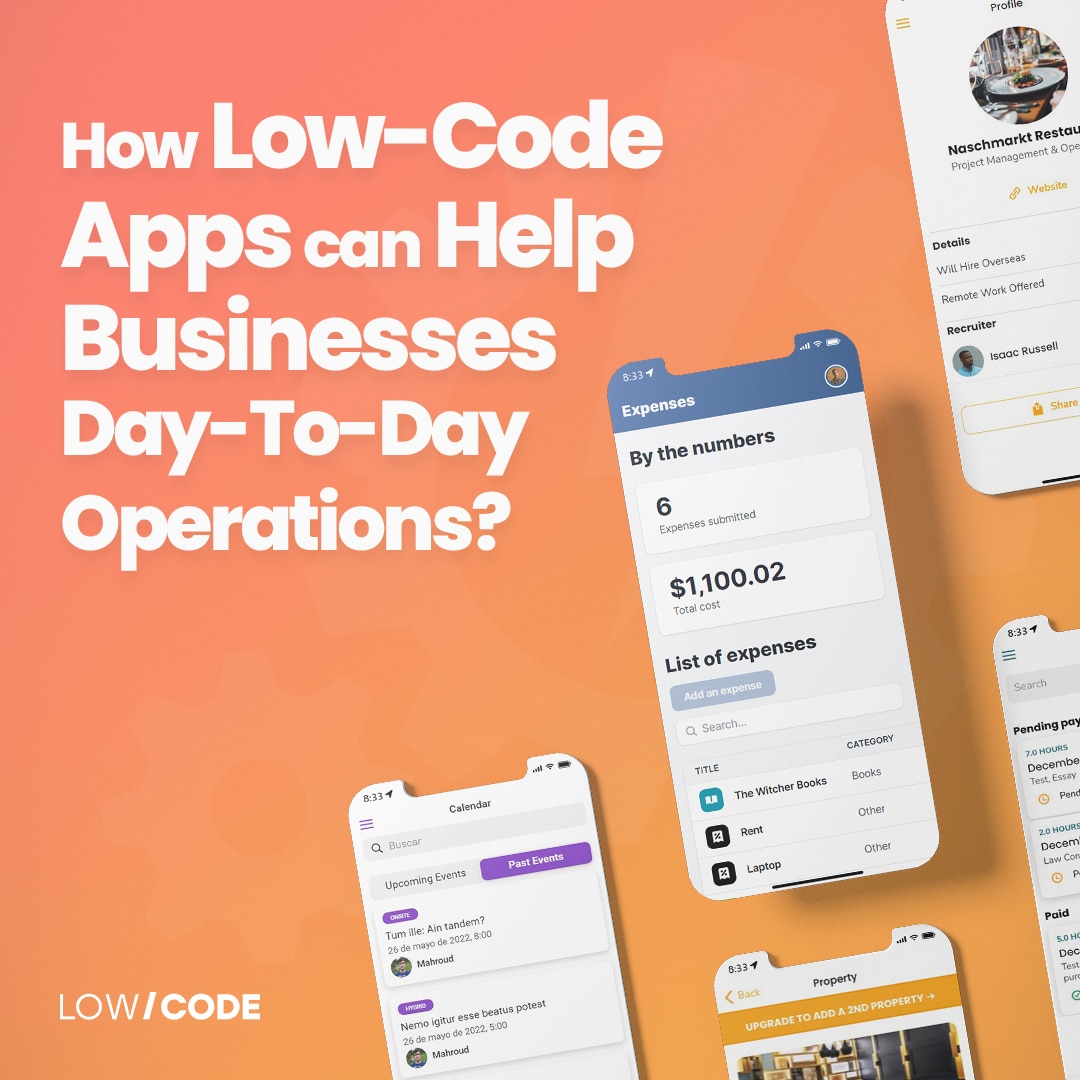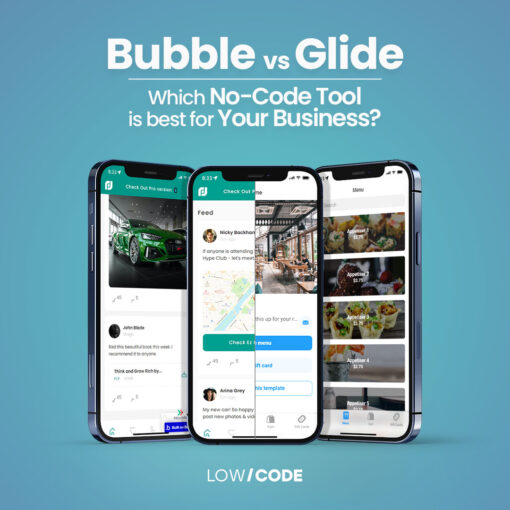Introduction
In this digital age, there are so many tools that are available to us that often we simply lose sight of how it is that they are able to help us conduct our business in more efficient ways. This rings especially true when it comes to app building, as in this case you’re able to really integrate your business into a digital form in a way that makes sense for your interests and goals. It’s a very effective way to access and organize your assets in ways that clarify and articulate where and how you’d like them to go.
You may be under the impression that you need to be in charge of some kind of large-scale project to justify the use of these app-building tools that so often end up looking slick and professional, but oftentimes this isn’t the case as they can adapt to all manner of situations and needs.
A great way to start delving into the world of professional app building, even if you’re new to this area, is to consider the different areas in which they may be applied. The most common ones are finance, marketing, sales, human resources, and, what’s often most important, customer service.
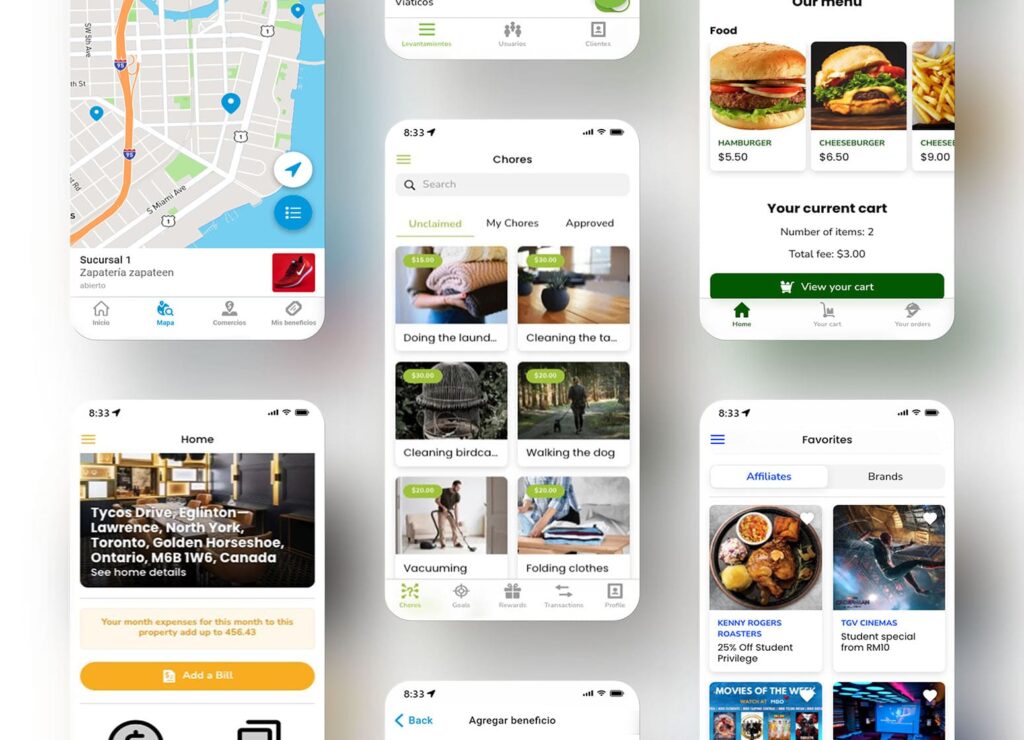
Optimizing the functions of your company with low-code apps
Many businesses wonder whether there are ways for certain functions to be done in an easier and more expedient manner.
Customer service is especially utilized in app building in order to establish a certain level of engagement. One that keeps bringing customers back time and time again is the simple fact that they feel considered and taken care of in a way that addresses their concerns. For example, thanks to a customer service low-code app, customers can speak directly about their needs and questions.
Customer service is just one area, there are tons of others. Low-code apps are also used regularly to keep track of accounts, manage different projects simultaneously, ensure compliance at different steps of the way, and stay on top of supply chain operations, making problem-solving speedier and more direct.
Regardless of the size of your particular organization, these easily modifiable apps can prove to be real time-savers and a means for streamlining a wide variety of workflows so that everyone in an organization can stay on the same page.
It isn’t a stretch to say that a well-conceived app can make the difference between bumpy and smooth day-to-today operations. When you can input all kinds of data into an app that you have specifically developed to give you a broader perspective, you’re then better able to divert your resources in order to expand. With the deployment of different low-code apps, things like your brand and the interconnectivity within your organization can really hit new heights with new horizons.
So, if you’re serious about ensuring profitability and overall relevance within a changing digital marketplace, you’d be doing yourself a disservice by not at least looking into what low-code apps have to offer the future of your organization, your employees, and your relations with the world at large.
In fact, this is all part of what businesses have been experiencing for the last decade has come to be known as the great digital transformation.
What is Digital Transformation?
This term refers to the idea of reinvention and has almost become ubiquitous in modern business practices. It is the act of employing digital technology to build new business processes, cultures, and customer experiences—or adapt current ones—in order to satisfy shifting business and market requirements.
Ideally, you should be able to modify our processes in a way that will enable improved decision-making, game-changing efficiencies, or a better customer experience with more personalization. With digital technology by your side, you have the ability to rethink how you conduct business and interact with your customers as you go from paper to spreadsheets, and then to smart applications that make managing a business a truly integrated matter.
What are referred to as “smart applications” can be used to manage a business in a variety of ways that cut through a lot of hassles
It is rather indispensable to have the ability to pause and review everything that a company does if only for the sake of making very specific decisions, many of which arise rather suddenly. Without this type of input, it is much harder to acquire a true understanding of what works, or doesn’t, and, most importantly, why.
Digital transformations and low-code apps
Because many of these initiatives include software development tasks that low-code can support or even accelerate, they align with digital transformation plans. With the integration of social media platforms, incorporating these types of channels has proven to be a great help to businesses of all shapes and sizes.
Low-code development is there to provide solutions from the computerized world in a way that’s accessible to those who have limited knowledge in this field. It may be intimidating at first, but it’s a matter of choosing the right app-building platforms so that the development process becomes second nature and personalized to the needs of the developer, whomever he or she might be.
This is in large part due to the friendly interface and visual modeling that low-code development offers.
Check out our curated list of top no-code and low-code podcasts and discover how to build apps without extensive coding knowledge. Start listening now to unlock a world of endless possibilities!
Functions that can be helped by low-code apps
Customer service
Your customers desire connected, unified experiences across all platforms, including mobile apps, online portals, and conversational apps.
Additionally, digitalization makes it feasible for you to offer your customers the best experience possible, wherever they may be.
However, because of complicated, outdated development methodologies and limited resources, businesses face basic issues that affect the quality and speed of delivery throughout the app development lifecycle.
By developing software that relies on these platforms directly in an automated way, there can be a more steady flow of communication between the needs of clients and the offerings of businesses, including real-time updates, quicker delivery, increased interaction, and targeted user feedback. With the right app supporting the customer service side of things, you can cut down on staff.
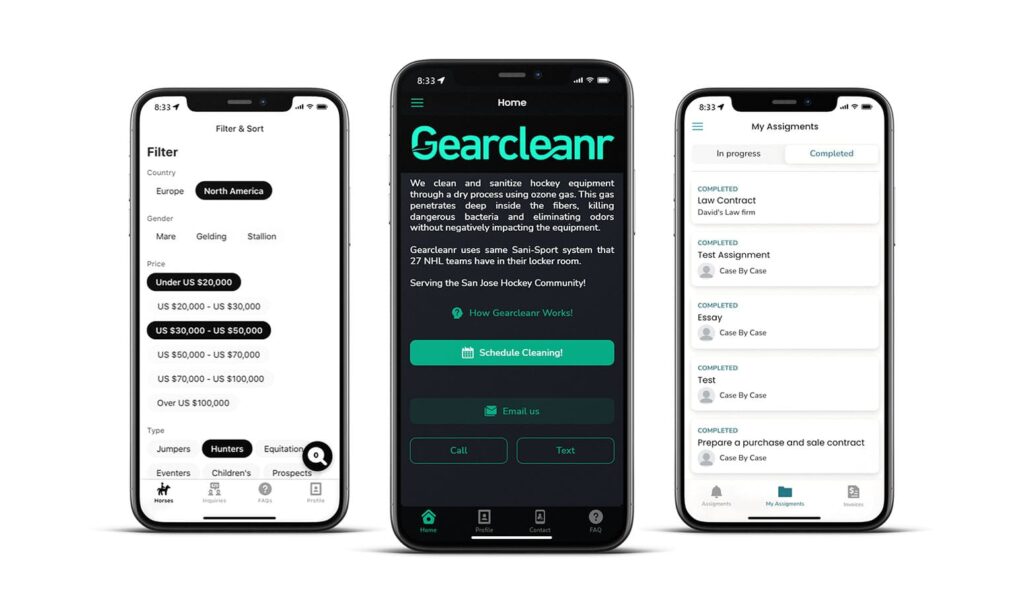
A better user experience can be offered to customers in a way that’s quick and relatively easy. This means that, by responding to changes through the creation of websites and mobile apps, customers can have their interests and concerns addressed in a way that is up-to-date and that generally feels more involved.
Sales
With the right app, customers can interact with a company however they prefer, and they are even able to provide their input in a way that’s direct and actionable within a relatively short period of time.
You can generate consumer profiles by amassing a history of their buying trends. This could very well allow you to make better product descriptions and develop a marketing campaign that takes into account up-to-date information so that you’re able to truly speak to customers at the moment.
You can also use the data that you acquire to set up charts and graphs that take in all the hard data and turn it into easy-to-understand results. In business, knowing is half the battle.
Being able to see in real-time what sells and relate these figures to the changes that are occurring in operations is key, especially when it comes to start-ups as one major thing that they are trying to find is their target audience.
In general, low code might help you and your team get better data in a unified way so that you can make faster and better decisions.
Human Resources
Although the word “human” is in the name, HR software has really come into its own and become a hit in the business world. It is estimated that by the year 2028, HR software will be worth almost 35 billion dollars and will continue to grow at a compound annual growth rate of 10%! This is hardly surprising when you take into account that more than half of firms use HR technology to find and recruit employees and even keep turnover rates down to a minimum.
But how can it be applied through low-code technology?
To begin with, it can be used to develop talent acquisition software to greatly enhance your whole hiring procedure. Hint: Check out our own jobs portal that we made using Glide! It makes it more specific by providing tools to put together pre-employment reviews, more effective onboarding processes, sourcing candidates, and making job opening posts much more targeted by nature.
Low-code software can be quickly learned by HR and recruiting professionals with a minimum level of technical knowledge. With one of these platforms, someone who is already proficient with spreadsheets can start developing applications very quickly.
As a consequence, companies can adopt apps more quickly since they are spending far less on vendor software-as-a-service apps and outside consultants.
Marketing
Marketing involves many tasks, such as managing campaigns, monitoring and managing social media accounts, and creating internal communications. That’s why marketing teams may find it difficult to provide their staff with the tools necessary to suit their specific demands.
The key to marketing oftentimes comes down to active cooperation. As such, the right apps with the right channels can make the process of carrying out a marketing strategy a lot more transparent and fluid.
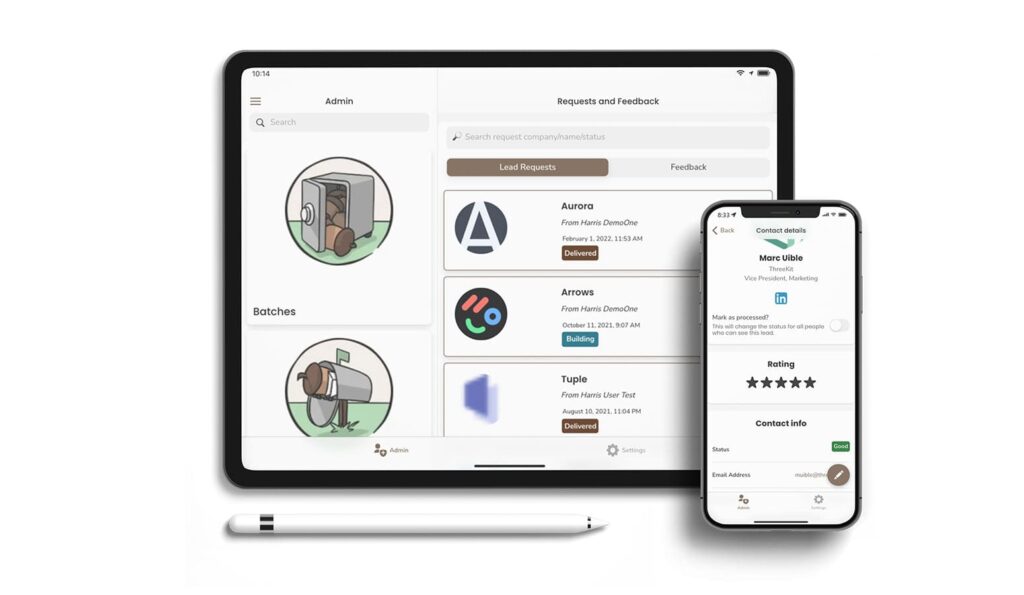
Automation is a great answer to some of these concerns. Everything from alerting coworkers when designers have materials ready for review to creating reminders for milestones during a campaign may be automated.
Without being dependent on IT, no-code/low-code platforms enable marketing teams to achieve the customization they’re looking for. Since most of these platforms have far lower learning curves than conventional development tools, marketing teams can find them, pick them up, and adapt them as their needs alter and grow.
Through low-code development, you can establish effective channels between business and IT teams. By making platforms more accessible, organizational barriers that were there before can be bypassed to a large extent.
As a result, digital marketing teams now possess the skill set needed to design agile business technology solutions that reflect their marketing processes.
Conclusion
Low-code solutions have leveled the “playing field” in the digital world and made it simpler for companies to respond rapidly to change. According to studies by Gartner, it is expected that 70% of businesses will be using them by 2025.
By bridging the distance between any business and an IT department, low-code software strengthens the ability of different departments to clarify their ideas and work together to address concrete challenges. This can prove invaluable when it comes to building an established brand and making quick decisions about how an organization should be directed.
So if you’re coming up with interesting ideas on how to use this very accessible technology within the context of your organization and/or goals, please don’t hesitate to get in touch with us if you want to bring to life what you’re imagining that low-code development can do for you.
We at LowCode Agency no-code agency pride ourselves on being true experts with plenty of experience in helping businesses to create the apps of their dreams. We have already produced 250+ apps, but we look forward to making many more in the years to come.
Make an appointment right now for a free discovery call! We can’t wait to talk about how it is that a low-code app can and will benefit your company and help you reach new heights in this modern digital age that’s more inclusive than ever before.
Unlock the potential of no-code tools with our expert assistance! Our dedicated teams at the Webflow Agency, Glide Agency and Bubble Agency are here to help. At LowCode Agency, we have built over 273 projects using the best no-code and low-code tools on the market. Let us turn your ideas into reality with the perfect no-code platform for your needs! Book a free discovery call today!

Jesus is the founder of Low Code Agency: a low-code development agency that allows small business owners to get their mobile and web apps done fast and cost-effectively while maintaining quality.

